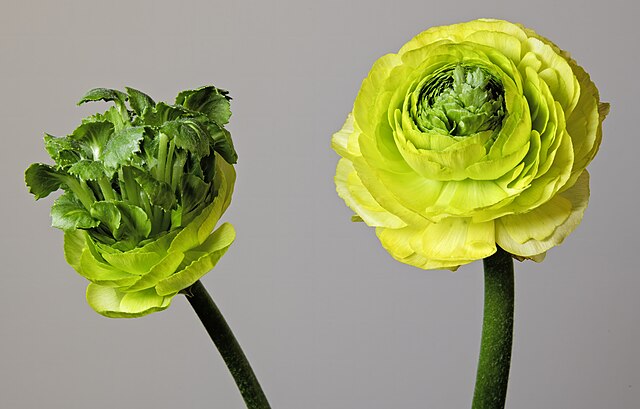Embryonic stem cells (ESCs) are pluripotent stem cells derived from the inner cell mass of a blastocyst, an early-stage pre-implantation embryo. Human embryos reach the blastocyst stage 4–5 days post fertilization, at which time they consist of 50–150 cells. Isolating the inner cell mass (embryoblast) using immunosurgery results in destruction of the blastocyst, a process which raises ethical issues, including whether or not embryos at the pre-implantation stage have the same moral considerations as embryos in the post-implantation stage of development.
Human embryonic stem cells in cell culture
The transcriptome of embryonic stem cells
Embryoid bodies 24 hours after formation.
Martin Evans revealed a new technique for culturing the mouse embryos in the uterus to allow for the derivation of ES cells from these embryos.
Cell potency is a cell's ability to differentiate into other cell types.
The more cell types a cell can differentiate into, the greater its potency. Potency is also described as the gene activation potential within a cell, which like a continuum, begins with totipotency to designate a cell with the most differentiation potential, pluripotency, multipotency, oligopotency, and finally unipotency.
Ranunculus asiaticus example of totipotency of two individuals MHNT
Naive human pluripotent stem cell colony here seen growing on feeder cells (mouse).






